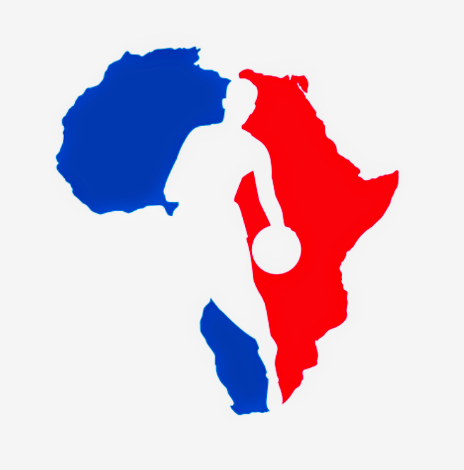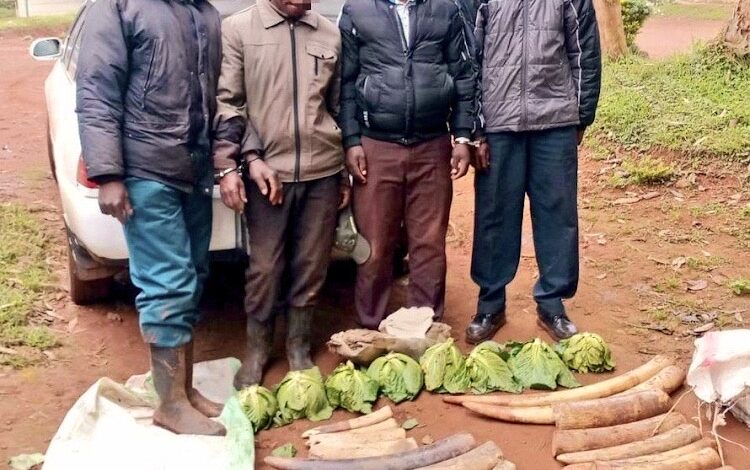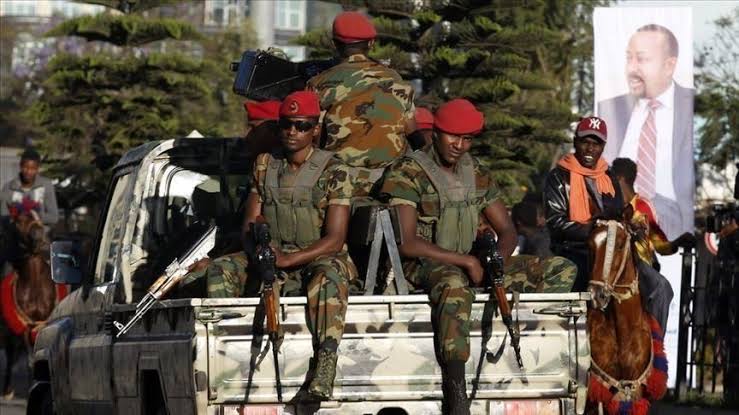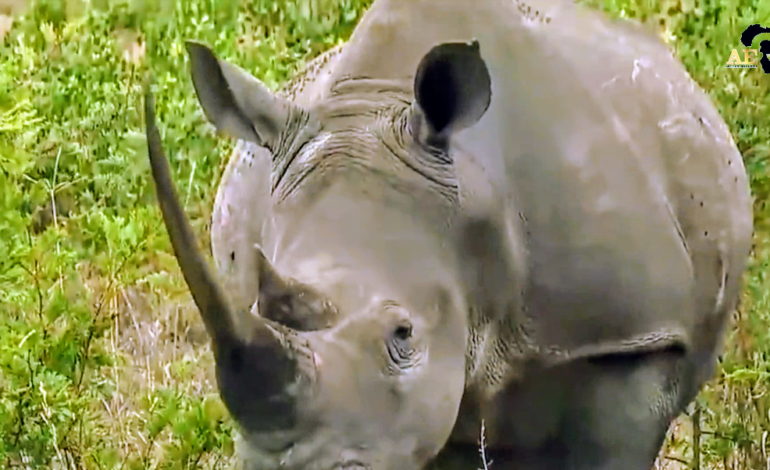
Canisius Mushibwe
Africa’s rich biodiversity comes second to none. Part of it, is her immense wildlife habitat.
Great progress has been witnessed with anti poaching campaigns and buy-in programs to co-exist with wildlife by indigenous communities.
However remarkable this has been over the past several years, there’s been a spike of poaching in the past year, a potential trend that needs to be curtailed.
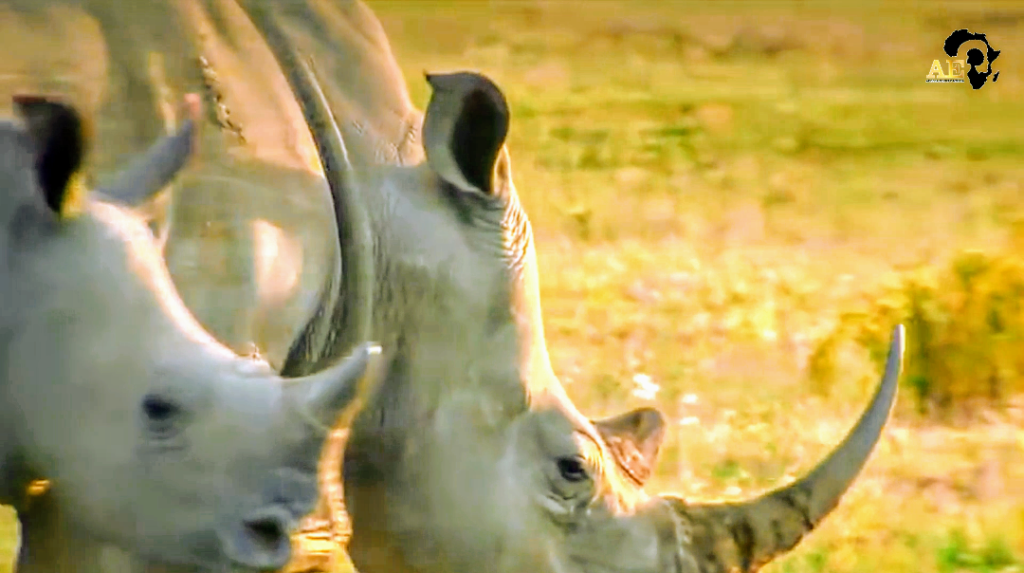
Some wildlife animals are at a risk of extinction if no action is taken to curb poaching.
One of the countries that has seen a rise in poaching is South Africa. It is home to about 80 percent of rhinos found in the world but unfortunately they have become targets by poachers due to their highly valued horns.
There is enormous appetite in Asia for the horns which are alleged to have medicinal value.
South Africa’s environmental Minister Barbara Creecy said that at least 249 rhinos had been killed within the first six months of this year which she attributed to the COVID-19 lockdowns.
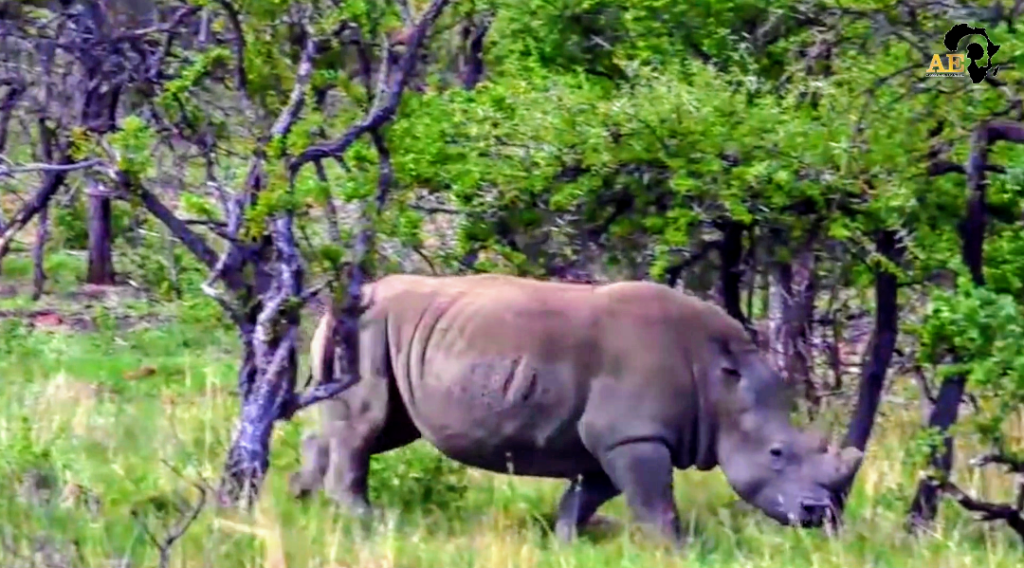
The figures released translated to an increase of rhino killings by 83 percent compared to the same period last year.
The vice was more prevalent in Kruger National Park with 132 animals poached.
Limpopo, Mpumalanga and Free State provinces where a large number of private rhino reserves are found have witnessed a spike of killings as well.


